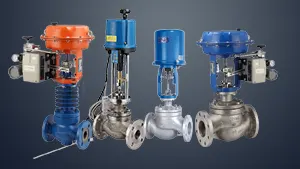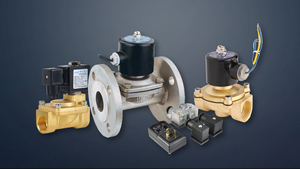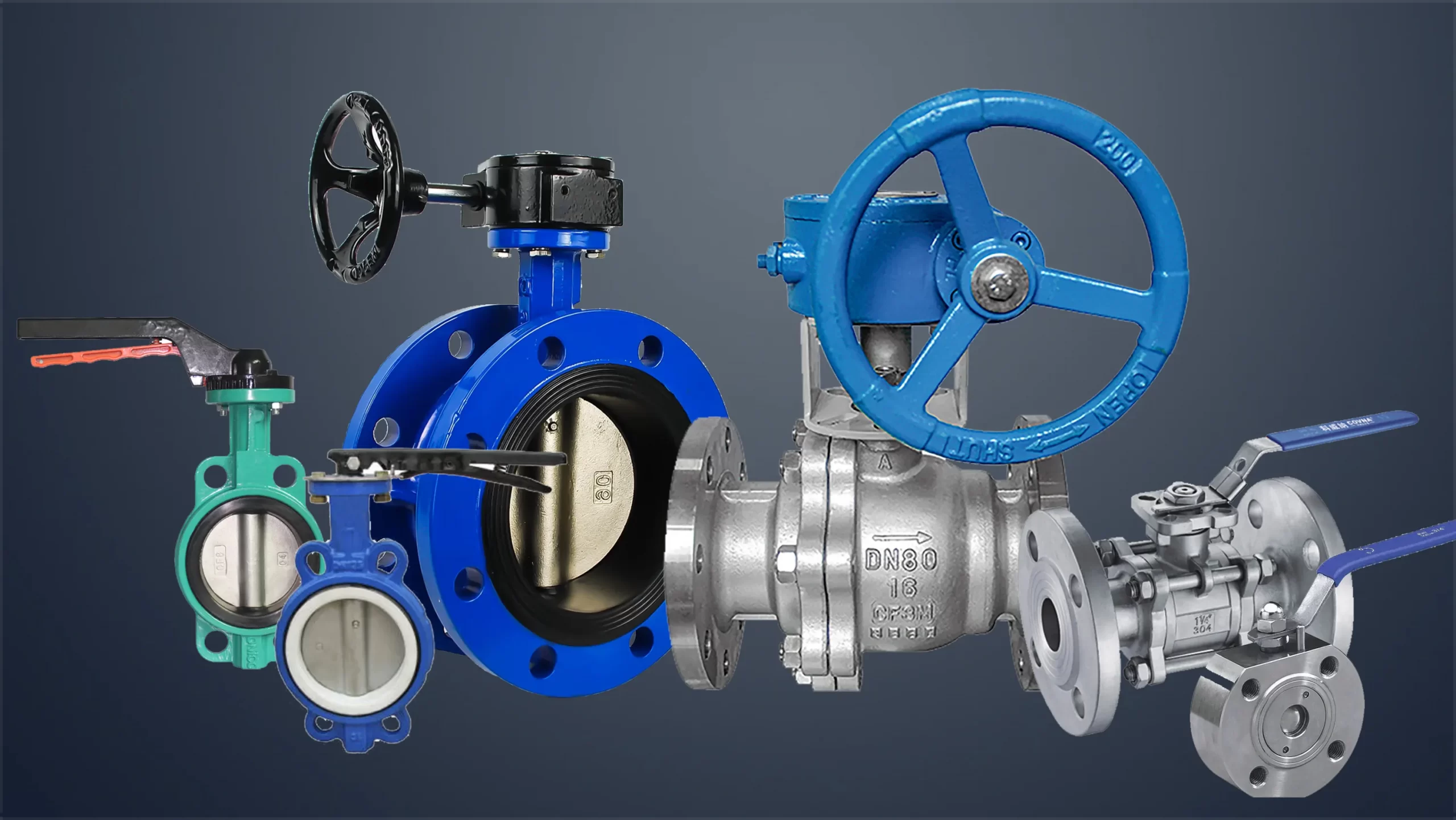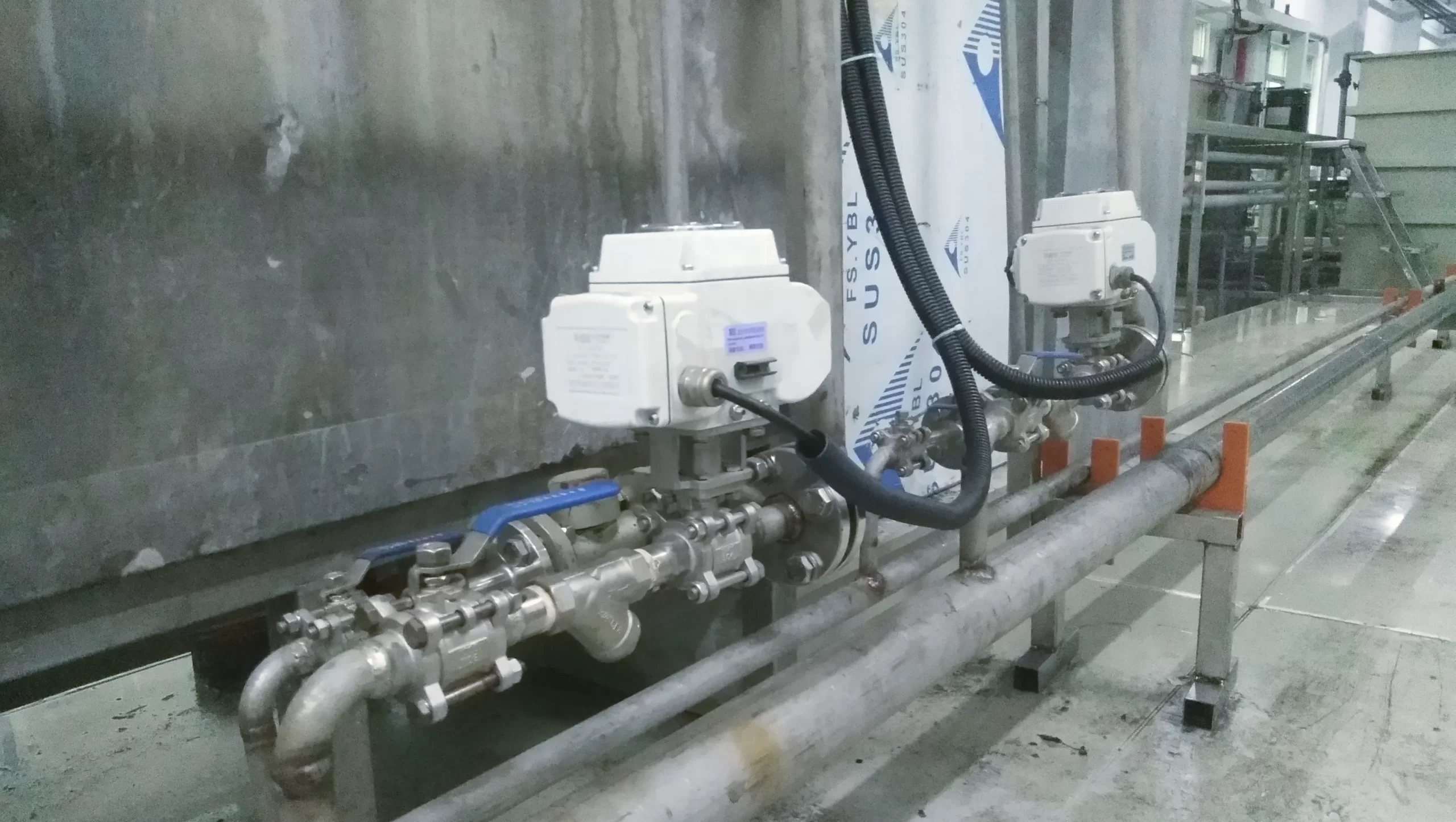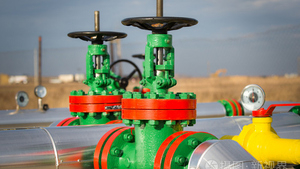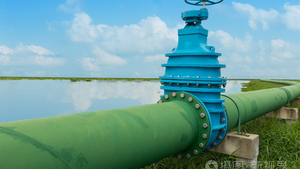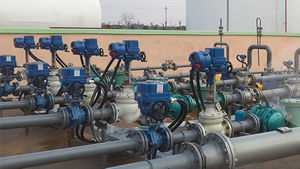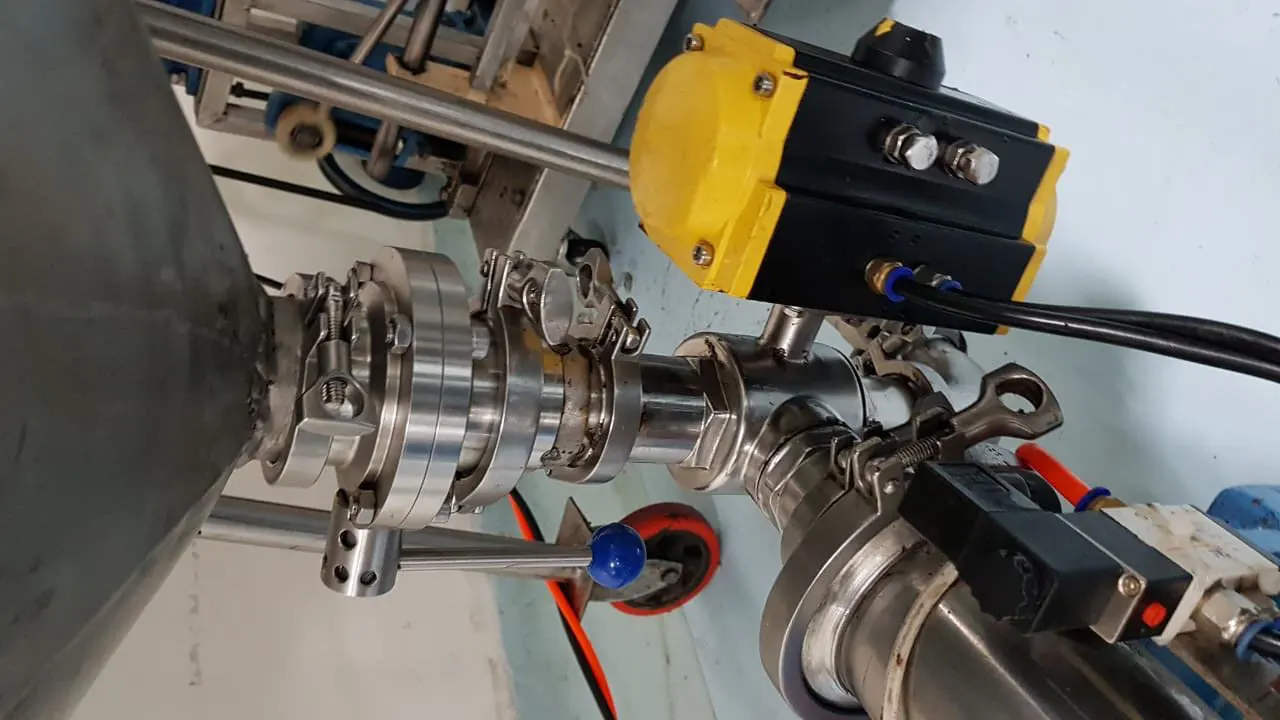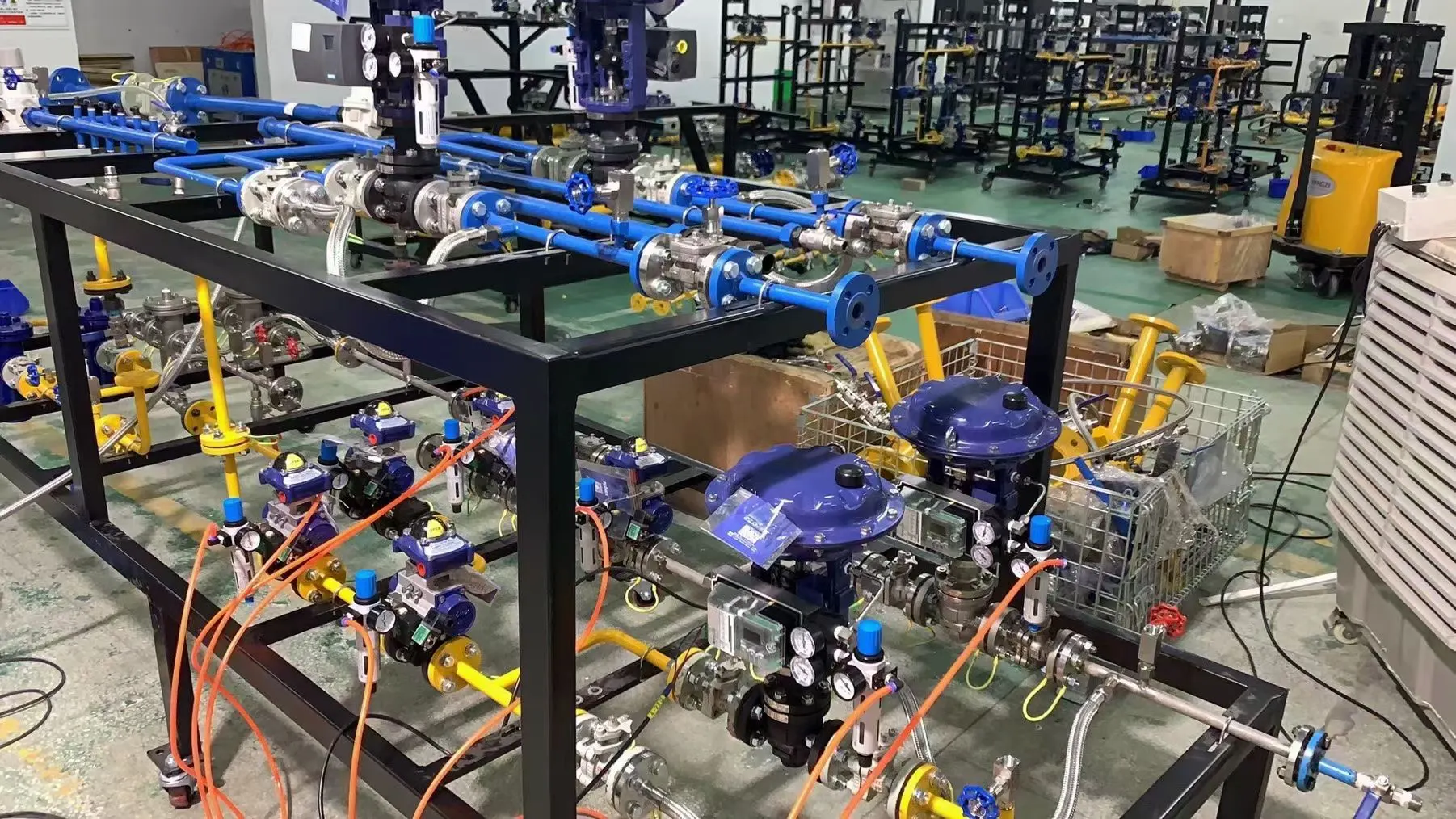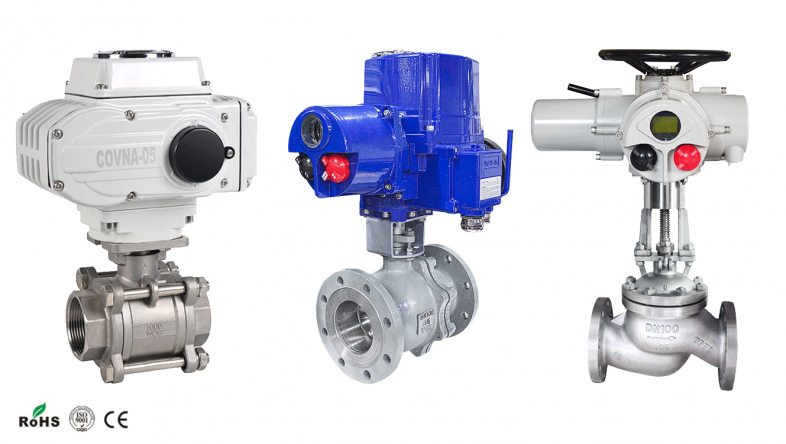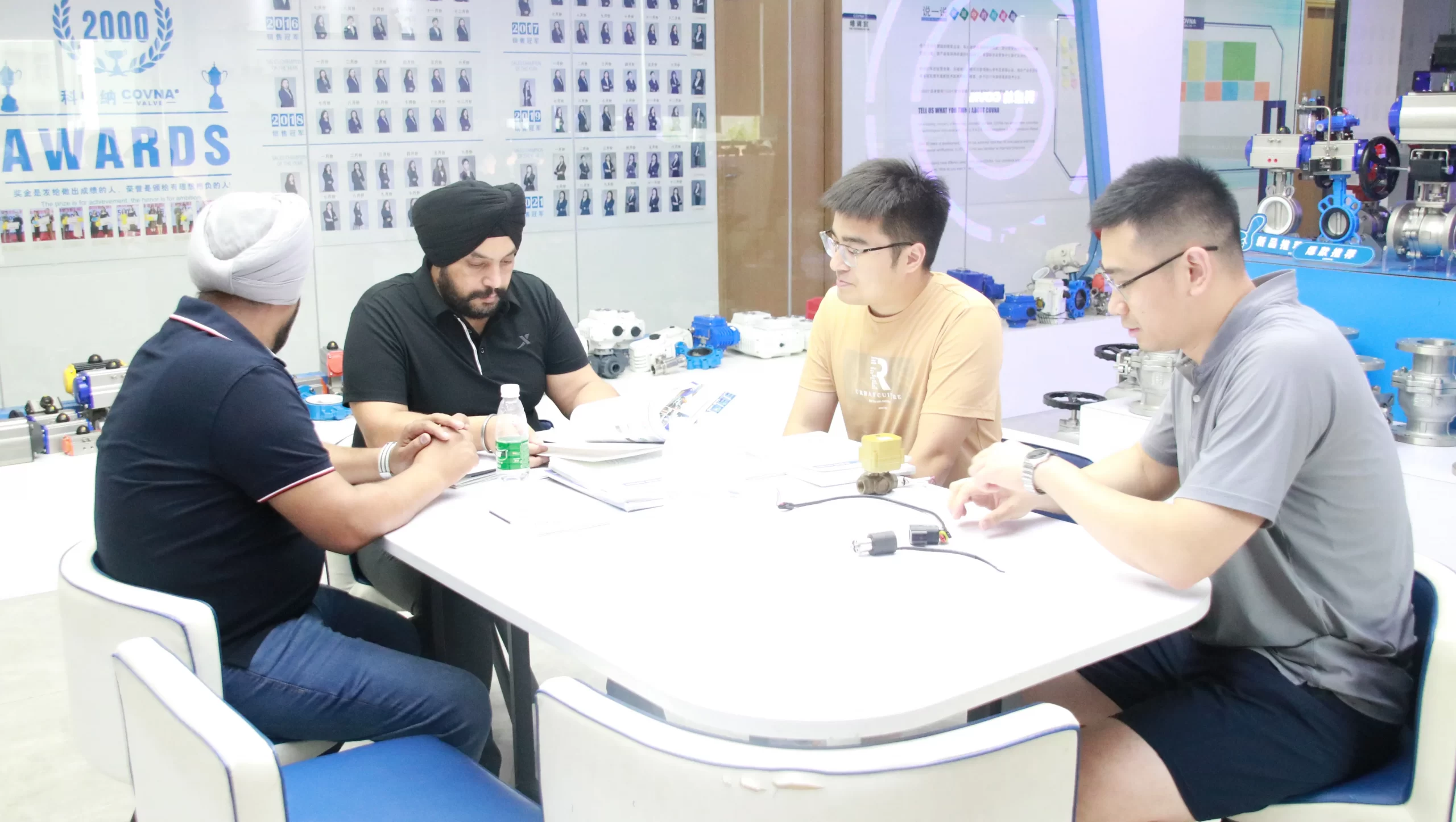You may have heard of hydraulics, which utilizes pressure from fluids for automation, but have you heard of its cousin, pneumatics?
Pneumatics provide valuable tools and actions for a plethora of industries, but the pressurized systems require several safety components. A pneumatic valve is one of them.
If you utilize pneumatics in your career, it’s best to understand how pneumatic valves work. Read on for an easy explanation.
What is Pneumatics?
Let’s start at the beginning. Pneumatics uses pressurized air or gas to complete an action. Within industries, it is typically used as a type of automation control and is especially useful in areas where hazards mean the difference between life and death, such as mines.
According to writer Paul Heney, “Engineers commonly use pneumatics in industries that include medical, packaging, material handling, entertainment and even robotics.”
How Does this Process Work?
While it would be nice if we could bend just any air to our whim, pneumatics isn’t quite that simple. Instead, air is forced into a compressed state. In that state, it builds up potential energy.
Upon being released, the gas expands and releases kinetic energy, which is used to, say, make a jackhammer strike the ground.
The basic premise of pneumatics is that pressure equals force divided by area. So if you have a lot of force in a small area, the pressure is higher.
In most systems, reservoirs hold pressurized air that is stored via a compressor, which works to achieve the force needed to move an object. Upon release, the gas or air travels to actuators that create movement.
But valves keep the force in check.
How Pneumatic Valves Work
Although pneumatic machines come in various forms, most valves work the same way.
Pressurized air is held in a reservoir or diaphragm. As air is fed into the reservoir through a compressor, it pushes against the walls of the area.
Once the pressure becomes strong enough, it compresses springs beneath the reservoir, pushing the diaphragm down. This, in turn, causes the valve stem to press downwards and close the valve.
When the air is exhausted out of the diaphragm, the springs uncoil and the valve stem moves back up, opening the valve.
In this way, the pressure is controlled and the movement of the machine is fluid.
The Part’s Role
Where reservoirs hold the pressurized air and compressors provide the work, valves keep the process safe. They control the speed of the air entering the cylinder.
Valves come in a multitude of shapes and sizes, all differing according to the specific requirements of the machine. Here are a few ways they work within a pneumatic system.
Pressure Relief
One of the basic jobs of a pneumatic valve is to control pressure. It does this by opening and closing the area through which air moves appropriately.
Some of the oldest machines still use “bang-bang” controls (also called resting state valves) that can either be completely open or completely shut. Today, most machines utilize variable valves, which can open proportionally to better control the pressure.
As you can imagine, many pressure relief valves also act as flow control valves.
Flow Control
Flow control valves are useful for controlling the flow rate from the actuator, which converts the air pressure into motion. If cylinders are difficult to control or erratic, it’s usually a good sign that something is wrong with the flow control valve.
These valves adjust the air flow control in one direction, allowing air to flow freely in the opposite direction. There are two major types of flow control valves:
- Meter-out valves, which control the exhaust flow from the actuator
- Meter-in valves, which restrict the flow of air or gas to the actuator
When researching pneumatic flow control valves, you’ll most likely come across the phrase “check valves,” which refers to valves that allow air or gas to move in only one direction to prevent backflow.
Directional Control
Finally, pneumatic valves also stop or change the direction of the pressurized air or gas. There is any number of types, but the most common are two-way, three-way and four-way directional valves.
Two-way valves allow air to flow in two different directions. Neither port has a specific function aside from permitting the flow of air.
In three-way directional valves, each port has its own function. One allows for air intake, another is for exhausting air and the third is to supply the air to the system.
Four-way directional valves are extremely common and act just like the three-way. The major difference is that two of the ports connect to the actuators; the other two intake and exhaust air.
Mixed Roles
This list is merely a few of the many types of valves on the market. In addition to these basic types, shoppers can find servovalves, linear valves, spring offsets and more.
As you could see from the previous discussion, many valves have several functions for optimal efficiency.
The Benefits
Pneumatic valves allow machinists and manufacturers to apply the controlled force necessary to make parts, move items and more.
The right valve has a profound effect on the success of the item it is in. In industrial machines, for example, a faulty valve can greatly impact the machine’s speed, accuracy, and fluidity.
For delicate processes, valves provide a level of control that ensures items can be crafted according to specifications.
That same level of control also extends the lifespan of other parts that are continually in motion, propelled by the pneumatic force generated. If workers maintain the machine’s other components, such as filters and lubricators, manufacturers can greatly elongate machine life, saving costs.
In addition, valves greatly enhance safety. If something goes wrong, valves can quickly de-pressurize a machine, eliminating safety concerns.
Finding the Right Part
Understanding how pneumatic valves work oftentimes helps individuals decide which valve meets their needs. However, valves are intricate and the types that can be purchased are too numerous to list.
If you feel overwhelmed, don’t. The professionals at RG Group know all about valve troubles.
We can help you decide which valve is appropriate for your machinery. Contact us to optimize your equipment and find the part that’s right for you.
Reference: https://www.rg-group.com/resources/blog/science-behind-pneumatics-how-do-pneumatic-valves-work
Tags: pneumatic valve
--- END ---




